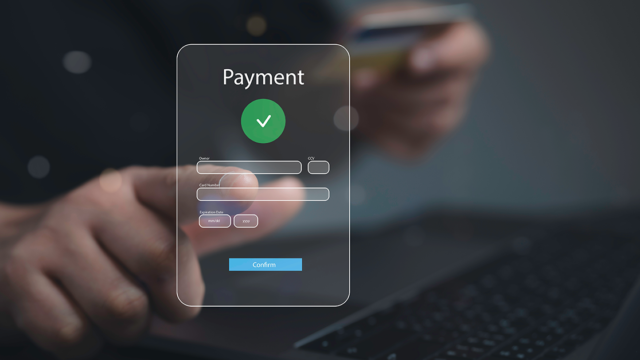Remittance is a lifeline for many households in the developing world. It represents the largest source of foreign income in many emerging economies. Globally, remittances came in at USD 831 billion in 2022.
Still, there are some things that people often misunderstand. This blog article discusses the 5 most common misconceptions about remittance.
Bank transfers are the best way to send remittances
While banks remain the most visible financial institutions - 76% of the world’s adult population owns an account - this is true only for developed countries. There are still 1.4 billion adults who remain unbanked worldwide. Many come from the rural areas of South Asian countries such as India, Pakistan, Bangladesh, China, Indonesia and the Philippines.
According to our data, most remittances channelled to these corridors omitted the bank account route, with many choosing non-bank remittance providers. For example, beneficiaries in the Philippines primarily receive funds via cash pickup points and pawn shops that are more easily accessible than banks.
The Global Findex Database 2021 found that most people who rely on remittances cannot do so via bank transfers because they need the documents to open an account and the money to maintain an account. Remittance companies and informal channels come into play here with less stringent requirements.
Bank transfers are cheaper
The World Bank, in a March 2023 report, revealed that banks remain the most expensive type of service provider, with an average cost of 12.1%. The global average was at 6.24%.
An internal study done by our research team corroborated the World Bank’s data.
Global average transaction fee
| Traditional banks | 3% to 7% |
| Payment gateways | 3% + FX rates |
| Western Union | 0.3% to 3%1 |
| Tranglo | below 0.5% |
There are several charges associated with an international bank transfer, such as fees for sending and receiving money, fees imposed by intermediary banks in cross-border transfers, currency exchange fees and others that may not be listed.
Remittances are slow
There is some truth to this. International bank transfers may take between 1 and 5 days to reach the destination as they must clear multiple credit and debits across accounts. Retail operators would take between 1 and 3 working days if they had a direct route to specific payout corridors.
Stronger currencies, such as US dollars and euros, tend to clear faster, but it also depends on the infrastructure and regulations of the receiving country. Among factors that may delay the transfers are fraud and compliance checks, differing time zones, and currency conversions.
However, cross-border payment companies have started providing real-time payments thanks to regional collaborations, such as Tranglo’s launch of instant SEPA payments. Tranglo, leveraging technological partnership and digital transformation, now makes more than 80% of the transactions in real-time. In comparison, most wholesale providers process 40% of payments in real-time, with international bank transfers taking between 1 and 5 days.
Remittances do not help reduce poverty
About 1 billion people, or 1 in 8, depend on remittances. Some 75% of these funds go to food, medical, education and everyday expenses. In many countries, the positive impact of remittances in lifting communities from poverty is apparent.
In 2020, when COVID-19 struck, the Central Bank of the Dominican Republic revealed that the poverty rate would have risen from 23.4% to 25.3% if not for remittances.
Another example is Mexico, the country with the second-highest inward remittance recipient in 2022. Remittances often go to families in the poorest parts, such as the north-central and the southwest regions, helping to mitigate regional economic disparities.
In Nepal, 1 in 2 rural households received remittances, according to the Nepal Living Standards Survey III. Remittances have helped reduce the country's poverty rate from 25.2% in 2010 to 16.6% in 2019.
In 2022, overseas Filipino workers sent a record-high remittance of USD 36.14 billion home, accounting for 8.9% of the country’s gross domestic product and contributing to 75% of the economy.
Online remittance services are hard to use
Many people who are used to going to a physical remittance outlet to send money think that signing up for an online remittance service is complicated.Due to improvements and innovations, most online applications and platforms are easy to use. It only takes minutes to register for an account and start using it to send remittances. The requirements are also lower. For example, to register for a Touch ‘n Go eWallet, a foreign worker needs only a passport with at least 6 months of validity, without needing an employer letter, work permit or even proof of employment or residence.
1 Calculation done on a simulated case of a USD1,000 transaction and applying different payment methods.







